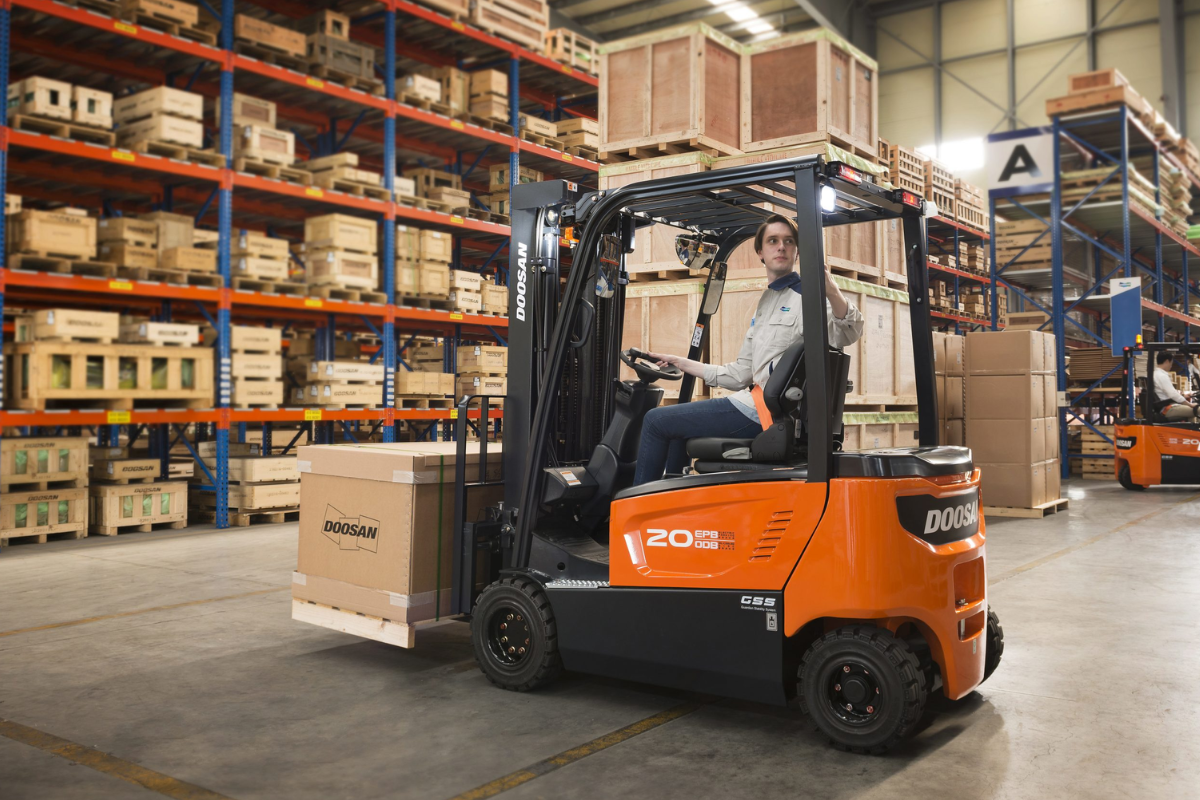The Formula for High-Performance Warehousing
In today's rapidly evolving warehouse landscape, the pressure to deliver operational excellence has never been more intense. Warehouses have transformed from back-end support functions to strategic drivers of business performance. As supply chains become increasingly complex and customer expectations continue to rise, businesses face the challenge of embracing technological innovation while maintaining practical, sustainable operations.
Zebra‘s new 2025 Warehousing Vision Study surveyed 1700 decision-makers and employees in the sector. The survey revealed a strong investment in automation and workforce enablement technologies to increase efficiency and productivity. Those who act swiftly will not only keep pace but set the standard for next-generation warehousing. This modernisation is fuelled by the need for greater visibility across the supply chain, faster order fulfilment, and a lower margin of error. Businesses that invest in modern, integrated systems now are creating warehouses that are not just efficient but also agile and scalable, setting the pace for the future of warehousing.
The pressure to modernise operations is only intensifying, with 70% of decision-makers surveyed acknowledging its urgency. In response, 65% plan to increase funding in warehouse modernisation over the next five years. With customers demanding shorter delivery timeframes than ever before and labour shortages crippling the supply chain, organisations who fail to invest in technology risk falling short of their business objectives.
Tech Boosts Employee Satisfaction and Reduces Errors
89% of surveyed warehouse employees report they feel more valued when they are provided with automated technology tools, while 74% reported they spend too much time on tasks each day that could be automated. These insights highlight a growing opportunity to empower workers through technology and automation. By reducing repetitive or physically demanding tasks, technology can improve workers’ morale and maximise their output.
Error mitigation also remains a top priority for warehouse leaders, given that small mistakes can cause significant efficiency and cost implications, with 71% of decision-makers citing error reduction as their primary driver for automation. Automating basic tasks allows warehouses to maximise productivity in high-volume processes such as picking, packing, and shipping, while reducing the overall number of errors.
AI Is Powering the Warehouse Revolution
Artificial intelligence (AI), augmented reality (AR), and predictive analytics are rapidly emerging as foundational elements for future-ready warehouse strategies, offering outcomes that extend beyond automation. From predicting stock shortages to preventing safety incidents, AR and AI enable intelligent, real-time decision-making across operations. With 63% of decision-makers planning to implement AI and AR, it's clear that businesses recognise their long-term value.
These technologies help warehouse operators optimise workflows, improve accuracy and make smarter, real-time decisions. For example, AI on handheld devices can identify safety hazards, refine quality control by spotting anomalies and optimise inventory by forecasting demand and maximising space. The shift to data-driven decision-making is empowering warehouses to become more responsive and proactive, rather than reactive.
In the next five years, 57% of decision-makers plan to implement machine learning, 65% intend to utilise predictive analytics, and 68% will introduce generative AI. They see the most impact in areas such as safety, quality control, and inventory management. By linking these technologies directly to measurable outcomes, such as fewer workplace incidents or improved stock availability, the return on investment becomes more tangible and compelling.
Overall, while advanced tools like AI are definitely on the rise, foundational solutions such as inventory and asset visibility still remain essential for maintaining strong operations. By integrating innovative AI technologies with existing processes, warehouse operators can remain agile, efficient and ready to adapt to market demands.
Warehouse Workers are Embracing Technology
Frontline workers' relationship with technology has transformed dramatically in the last decade. With a growing affinity for technology, employees increasingly view it as a powerful tool to improve accuracy, safety and productivity, and many are actively advocating for its adoption. This shift underscores the deep integration of technology into daily life, reshaping workforce expectations and fostering enthusiasm for new advancements.
An impressive 93% of employees agree that new technologies are essential for attracting and retaining talent, signalling a major shift in workforce priorities. Modern devices like wearables, mobile computers, and mobile robots have become essential for simplifying tasks, reducing physical strain, and ensuring smooth integration with automated systems. This connectivity enables workers to make more informed and faster decisions. As a result, the demand for technology has become a defining factor in the labour market, with today's workforce viewing it as a valuable ally in creating a safer, more productive and satisfying work environment.
Decision-makers are seizing this opportunity by providing employees with cutting-edge technology and investing in training and upskilling programs. These initiatives ensure that staff aren’t just handed new tools, they are empowered to use them confidently and effectively. This leads to smoother transitions, higher adoption rates, and better outcomes.
Accelerating Warehouse Modernisation
If the pace of change wasn’t already fast enough, 63% of decision-makers actually plan to accelerate their modernisation initiatives in the next five years through investments in labour optimisation, AI and workflow automation. Companies are prioritising visibility and streamlined processes, recognising that aligning new technologies with clear business objectives is key to achieving efficiency and performance gains.
While these advancements promise enhanced visibility, cost savings and error reduction, modernisation also comes with challenges like team coordination, tech support and legacy system integration. By addressing these obstacles strategically, businesses can build a resilient foundation for sustained success.
Opportunity-Driven Warehousing
Warehouse leaders may not control the pace of change, but they can turn it into a competitive advantage. Strategically investing in technology can enhance decision-making, streamline workflows and build a foundation for sustainable growth. Success comes from combining innovative tools with a skilled workforce, where human-centric automation empowers frontline workers to excel. By aligning people, processes, and technology, the warehouse transforms from a traditional fulfilment hub into a powerful driver of efficiency and long-term growth.
Learn more about Zebra’s 2025 Warehousing Vision Study here.

